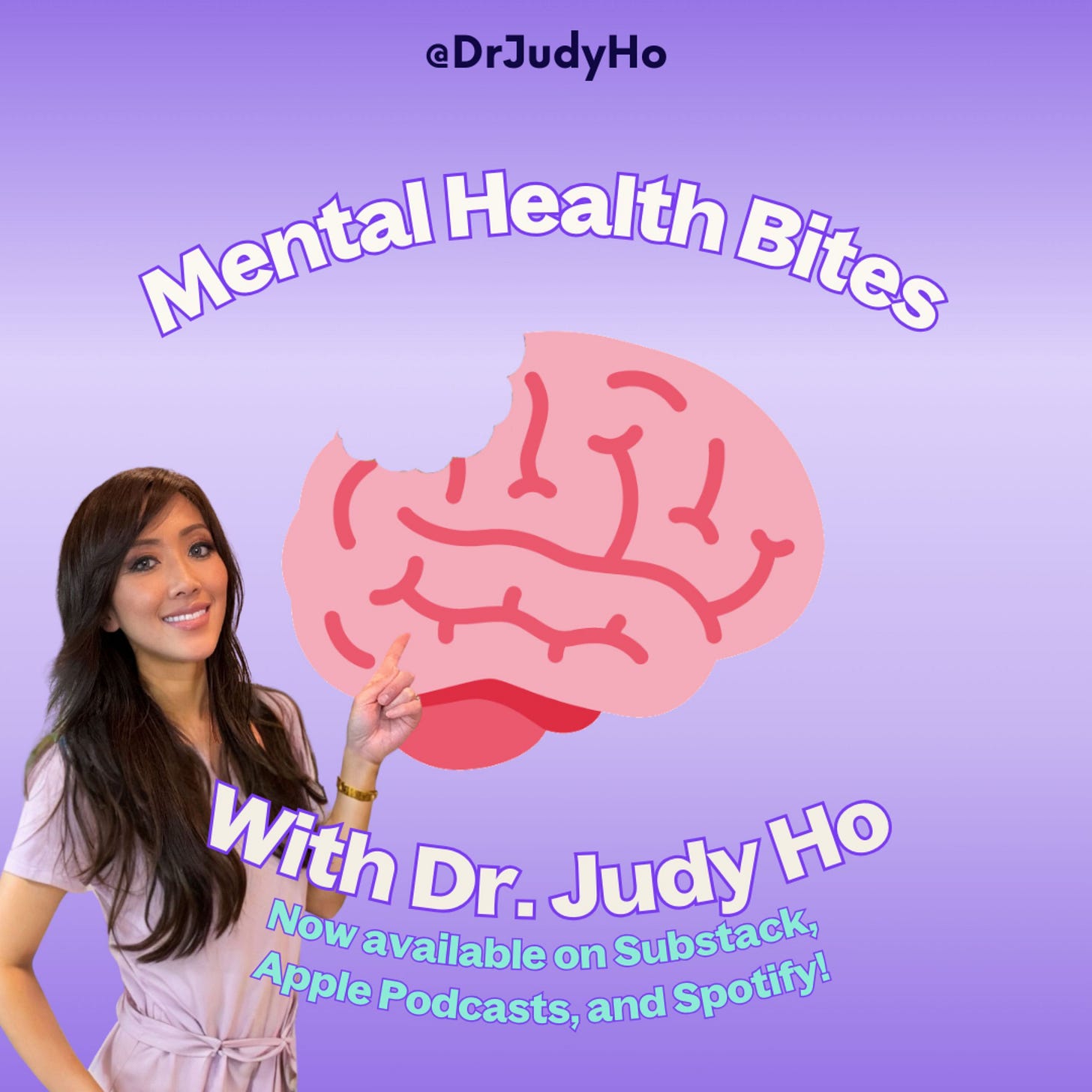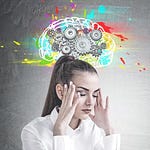
Many people tend to think of therapy as a dialogue. However, as I’m sure you’ve experienced, sometimes it can be difficult to put what you’re feeling into words.
This is what expressive therapies are for.
Expressive therapies are therapeutic practices that use creative acts that involve the likes of the arts, music, theater, and movement to improve mental wellness. They’re rooted in a rich therapeutic tradition that began in the early 20th century, emerging from a growing understanding that people express themselves in ways beyond their words.
Art therapy, for instance, took off in the 1940s when pioneering therapists like Margaret Naumburg and Edith Kramer found that artistic expression could reveal unconscious thoughts and feelings. There’s also music therapy, which has roots that reach back to World War II. Musicians of the era observed that their music assisted in the mental and emotional recovery of wounded soldiers.
To learn more about the specific expressive therapies, be sure to give the latest episode of my podcast, Mental Health Bites, a listen right here in substack, on Apple, Spotify, or watch on YouTube.
While expressive therapies have continued to evolve—incorporating dance, drama, poetry, and other forms of creativity—some people still write them off without understanding their purpose and methods. Here are some of the most common misconceptions - and the truth about expressive therapies.
Misconception 1: “Expressive therapies require artistic talent to produce something meaningful.”
Many people—especially those who feel self-conscious about their creative abilities—assume that expressive therapies require artistic talent or creativity, leading them to dismiss it.
Expressive therapies are not about producing beautiful or polished works of art; they’re about the process, not the product.
The act of creating—whether it’s drawing, writing, dancing, or making music—helps you access emotions and thoughts that might be hard to express verbally. Engaging in the creative process without worrying about the finished product can help you connect with your inner self in ways you might not have anticipated.
Misconception 2: "Expressive therapy is not evidence-based."
Some may think that expressive therapies lack scientific backing or that they aren’t as “serious” or “effective” as traditional talk therapies like cognitive-behavioral therapy (CBT) or psychodynamic therapy.
While expressive therapies may feel unconventional, there’s a growing body of research showing their effectiveness for various mental health conditions, including trauma, anxiety, depression, and stress.
Art therapy, for example, has been shown to help trauma survivors process difficult emotions, and music therapy can enhance mood and emotional regulation in people with depression. Adding expressive therapies to your toolbox can complement traditional therapies, offering a more holistic approach to healing.
Misconception 3: “Expressive therapy is just for kids.”
Expressive therapies are often associated with children, especially because play therapy, art therapy, and dance therapy are frequently used to help children who can’t easily express their feelings with words.
Expressive therapies are highly effective for adults as well.
Expressive therapies can be tailored to the needs of adults and are increasingly used in treating PTSD, chronic pain, addiction, and other serious conditions. In fact, many adults who struggle with verbal communication, have experienced trauma, or feel emotionally “blocked” find that expressive therapies help them process complex feelings in a non-verbal, intuitive way.
Misconception 4: “Expressive therapies are just too ‘out there’ and ‘woo-woo’.”
Some people dismiss expressive therapies as being too alternative or “woo-woo,” lumping them in with practices they perceive as lacking credibility or rooted in spirituality rather than science.
While expressive therapies may feel unconventional, they offer practical, real-world benefits.
Engaging in creative expression can help people bypass intellectual defenses, allowing them to explore their emotions in a different, often deeper, way. Expression is about connecting with your body, emotions, and intuition, which can foster insights and emotional breakthroughs that traditional talk therapy may not always access.
Misconception 5: “Expressive therapy wouldn’t help me with my problems.”
If someone is dealing with concrete, pressing problems like stress at work, relationship issues, or anxiety, they might feel that expressive therapies are irrelevant or too abstract to address their practical needs.
Expressive therapies are versatile. They can help with emotional regulation, reduce stress, and provide relief from mental health challenges.
More importantly, expressive therapies can help you process difficult emotions or situations indirectly, allowing you to gain perspective on your problems in a safe and creative way.
For example, drawing or journaling about how anxiety feels can help externalize those feelings, giving you more clarity on how to manage them. It’s about broadening your coping skills repertoire so you have more tools available when dealing with life’s challenges.
Exploring Expressive Therapy: Your Emotion Map

Now, I’d like to encourage you to give an expressive therapy a try. Here’s something you can do to help you visually express and process your emotions using color, shapes, and simple forms.
Remember: it's not about making beautiful art, but about gaining insight into your emotional state and increasing emotional awareness.
It’ll take about 15-20 minutes, and all you’ll need is a large sheet of paper (any size works, but bigger gives more space to express), some colored pencils/markers/crayons, and a quiet, comfortable space to work. Once you’re settled, it’s time to begin.
Prepare Your Space. Find a quiet place where you can relax and focus. Lay out your paper and coloring tools in front of you. Take a few deep breaths to center yourself before starting.
Divide Your Paper. Take your paper and draw a large “+” sign, dividing the sheet into four quadrants. Each quadrant will represent one emotion.
Assign Emotions to Each Quadrant. Choose four emotions that resonate with you at this moment. You could choose from common emotions like joy, sadness, anger, and peace, or you could pick emotions that are more specific to your current experience—such as anxiety, hope, frustration, or excitement.
Map Your Emotions. In each quadrant, express the chosen emotion using colors, shapes, or abstract forms. You can do this any way that feels right to you. For joy, you might choose bright, warm colors like yellow or orange. Maybe you draw spirals, circles, or playful, flowing lines. For sadness, you might choose darker or cooler colors like blue or gray. Perhaps you use drooping lines or raindrop shapes to convey the heaviness of sadness. For anger, you might choose red, sharp, jagged shapes or intense scribbles might come to mind. Anger can feel sharp and energetic, so don’t be afraid to really let your pen move aggressively if that’s how you’re feeling. For peace, you might pick soft greens or blues, using smooth, even lines, waves, or gentle curves to capture the feeling of calmness.
Take Your Time Expressing Yourself. Spend about 3-5 minutes on each quadrant. There’s no rush, and there’s no right or wrong way to do this. If you feel a certain emotion more strongly, you can spend more time on that quadrant.
Add Words If You Wish. If you feel inclined, you can add single words or phrases within the quadrants that capture the essence of the emotion. For example, under sadness, you might write “heavy,” “tired,” or “lonely.” For joy, you could write “light,” “warm,” or “free.”
Once you’ve finished, take a few minutes to observe your emotion map and respond to the following questions.
What stands out to you?
Do certain colors or shapes feel more prominent?
Are there emotions that took up more space than others?
Can you identify any patterns? Ask yourself if the way you expressed these emotions visually tells you something about how you’re experiencing them internally.
You might notice that your anger section feels really intense with jagged red lines, while sadness is more subdued, almost overshadowed. This could reflect that you’re feeling more connected to your anger than your sadness at the moment.
If you tried the emotional mapping exercise and found it helpful, please share this with a friend or family member who could also benefit from a little self-expression.
P.S. If you want to dive deeper, you can take 5-10 minutes to journal about what you noticed in your emotion map and consider these additional questions.
Does one emotion feel more dominant?
Were you surprised by how an emotion showed up visually?
How does seeing your emotions on paper shift your understanding of how you’re feeling?
If you found value in this newsletter, feel free to share with a friend using the button below.
Order The New Rules of Attachment here: https://bit.ly/3MvuvvF
Take my Attachment Styles Quiz!
About me:
Dr. Judy Ho, Ph. D., ABPP, ABPdN is a triple board certified and licensed Clinical and Forensic Neuropsychologist, a tenured Associate Professor at Pepperdine University, television and podcast host, and author of Stop Self-Sabotage. An avid researcher and a two-time recipient of the National Institute of Mental Health Services Research Award, Dr. Judy maintains a private practice where she specializes in comprehensive neuropsychological evaluations and expert witness work. She is often called on by the media as an expert psychologist and is also a sought after public speaker for universities, businesses, and organizations.
Dr. Judy received her bachelor's degrees in Psychology and Business Administration from UC Berkeley, and her masters and doctorate from SDSU/UCSD Joint Doctoral Program in Clinical Psychology. She completed a National Institute of Mental Health sponsored fellowship at UCLA's Semel Institute.














Share this post